Long-haired guinea pigs, with their flowing, silky coats, are among the most visually stunning small pets you can welcome into your home. While these adorable little creatures with their luxurious locks might look like low-maintenance companions, their beautiful coats require regular, dedicated care to keep them healthy and comfortable. Without proper grooming, these magnificent manes can quickly become matted, tangled, and uncomfortable for your pet, potentially leading to skin issues and health complications. This comprehensive guide will walk you through everything you need to know about caring for your long-haired guinea pig’s glorious coat, ensuring they remain not just gorgeous but also happy and healthy.
Understanding Long-Haired Guinea Pig Breeds
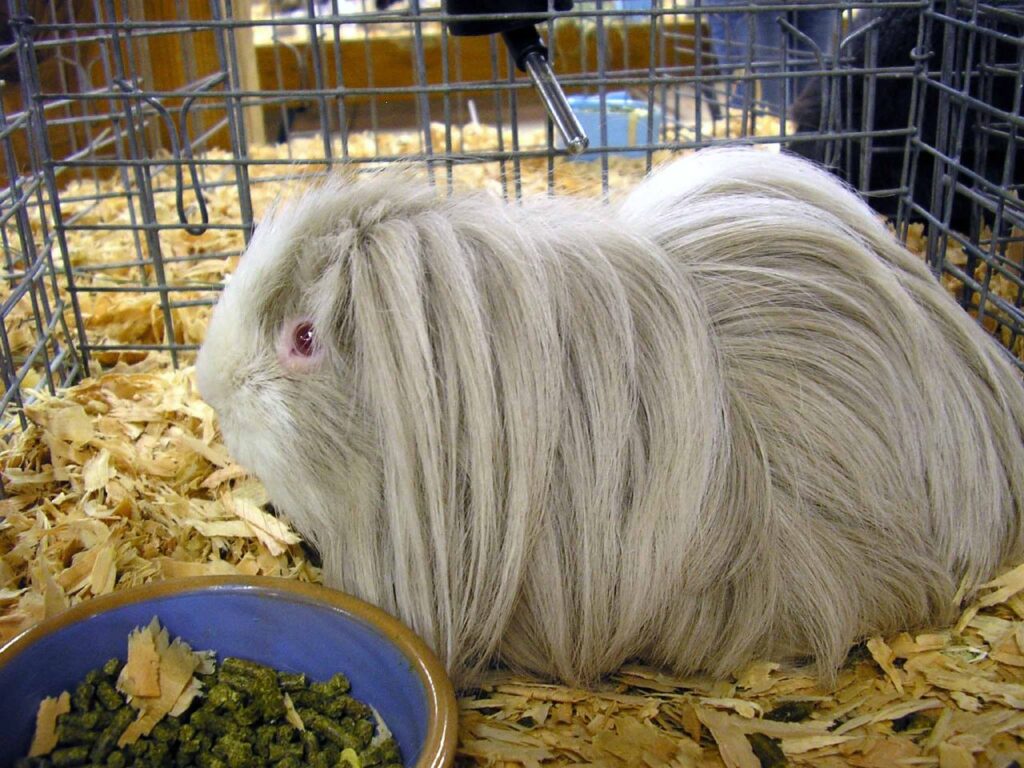
There are several distinct breeds of long-haired guinea pigs, each with unique coat characteristics that influence their grooming needs. The Peruvian guinea pig is perhaps the most recognizable, with hair that can grow up to 20 inches long when properly maintained, flowing elegantly from a center part down both sides of their body. Silkies (also called Shelties) have smooth, straight hair that grows backward from their head, creating a magnificent cape-like appearance without the rosettes seen in other breeds. The Texel guinea pig sports beautiful curly locks that give them a distinctively fluffy appearance, while the Coronet combines a shorter coat on the face with a single rosette crown on top of their head and flowing locks behind. Understanding your specific guinea pig’s breed will help you tailor your grooming approach to their particular coat type and maintenance requirements.
Essential Grooming Tools for Long-Haired Guinea Pigs
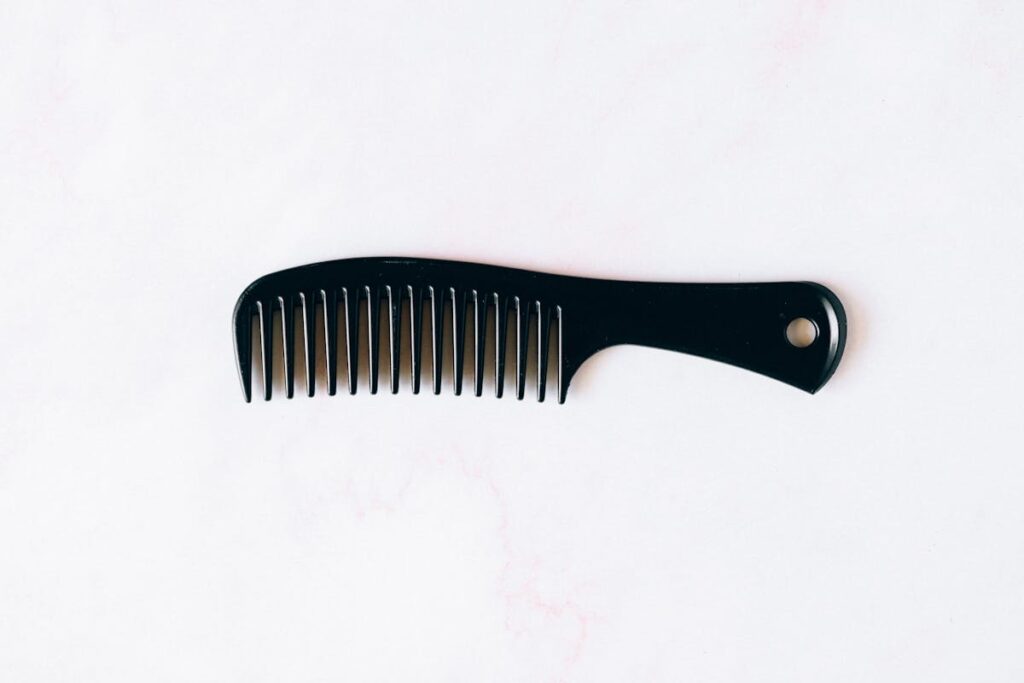
Having the right tools on hand makes grooming sessions more effective and less stressful for both you and your guinea pig. A wide-toothed comb is essential for gently working through tangles without pulling on your pet’s sensitive skin. Soft-bristled brushes designed specifically for small animals help remove loose hair and distribute natural oils throughout the coat. Round-tipped grooming scissors are necessary for trimming hair safely, especially around the hindquarters where soiling can occur. Consider investing in a grooming table or mat that provides a non-slip surface where your guinea pig can feel secure during grooming sessions. Additionally, keep some small animal-safe detangling spray on hand for particularly stubborn knots, though you should use such products sparingly and ensure they’re specifically formulated for small pets.
Establishing a Grooming Routine
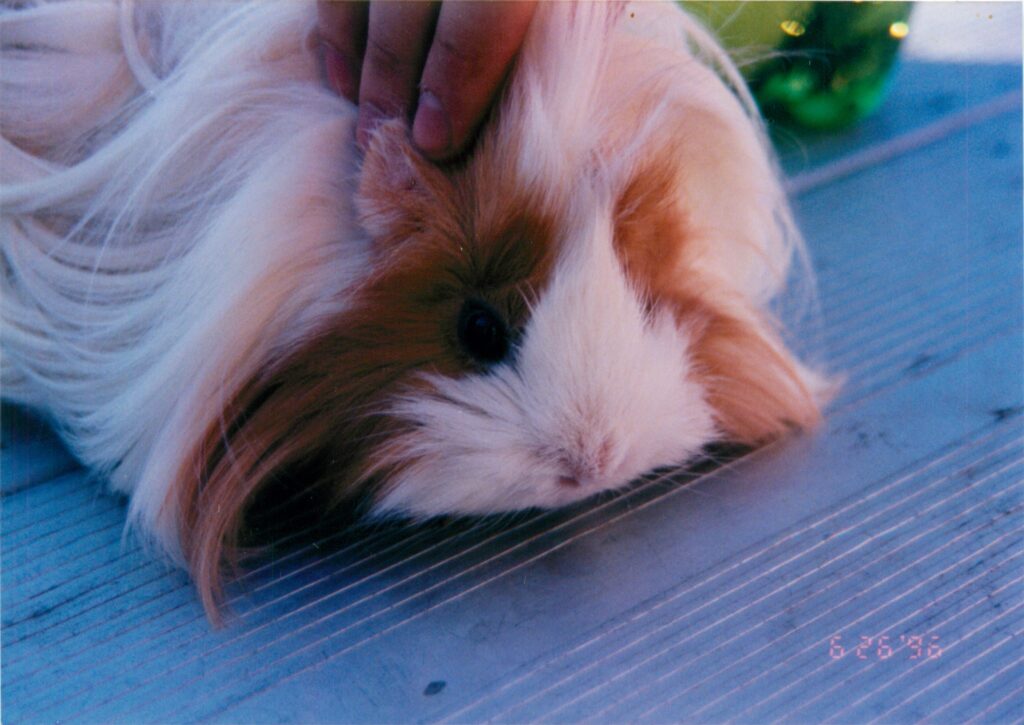
Consistency is key when caring for a long-haired guinea pig’s coat, and establishing a regular grooming schedule is essential for maintaining their health and comfort. Most long-haired guinea pigs require daily brushing sessions, even if they’re brief, to prevent tangles from forming and becoming more difficult to manage. Set aside time for more thorough grooming sessions at least twice a week, during which you’ll carefully check for mats, trim areas prone to tangling, and inspect the skin for any issues. Younger guinea pigs should be introduced to grooming gradually, with sessions increasing in length as they become more comfortable with the process. Remember that establishing this routine early will make grooming a much less stressful experience for your pet throughout their life, as they’ll come to recognize it as a normal part of their care.
Proper Brushing Techniques
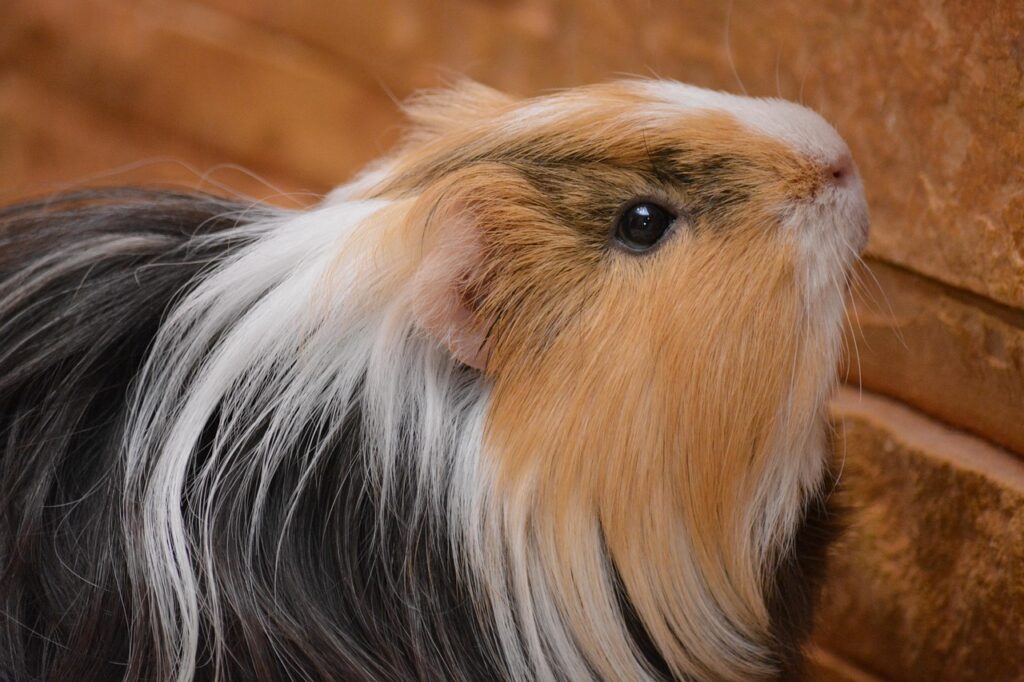
Brushing a long-haired guinea pig requires patience and a gentle touch to avoid causing discomfort or stress. Always begin at the tips of the hair and work your way toward the body, carefully teasing out any small tangles before they become problematic mats. Hold sections of hair close to the skin while brushing to prevent pulling directly on the guinea pig’s sensitive skin. For particularly long coats, dividing the guinea pig’s body into sections and working methodically from one area to the next ensures no part is overlooked. Use slow, gentle strokes rather than vigorous brushing, speaking softly to your pet throughout the process to help them remain calm. Remember that guinea pigs have delicate skin, so never force a brush through a tangle – instead, gently work it apart with your fingers first or use detangling spray if necessary.
Dealing with Mats and Tangles
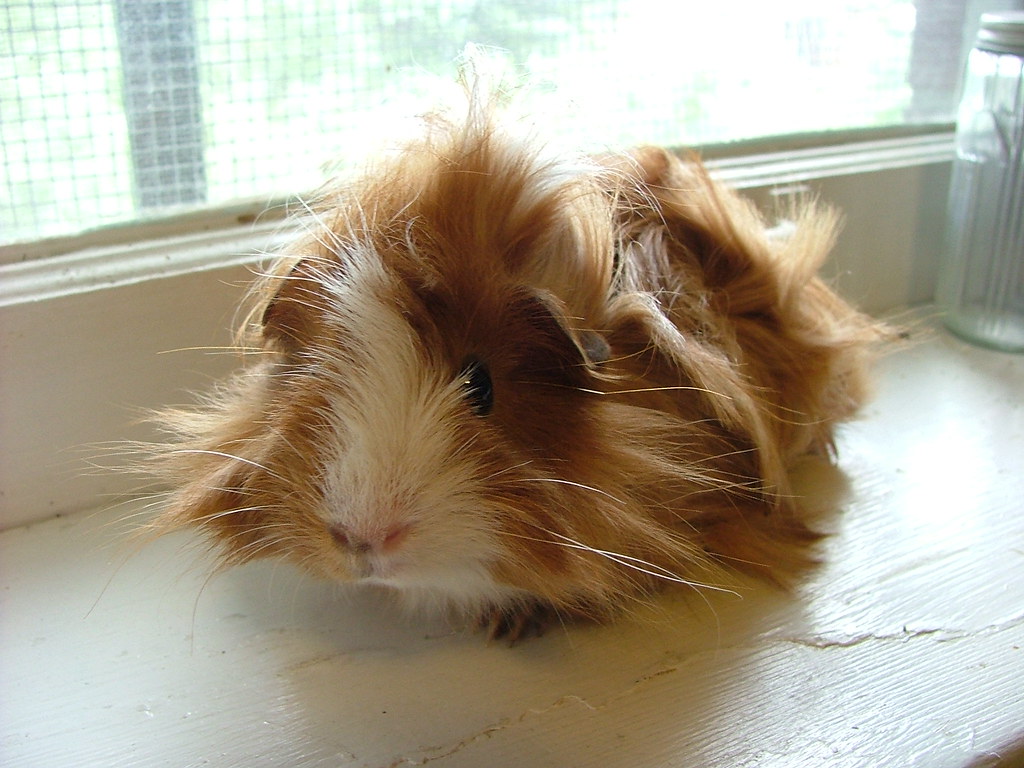
Despite your best preventative efforts, mats and tangles can still develop in your long-haired guinea pig’s coat, particularly in high-friction areas like behind the front legs or around the neck. When you encounter a mat, resist the urge to cut it out immediately, as you might accidentally cut your pet’s skin. Instead, try to gently separate the mat with your fingers, working from the outer edges inward. For stubborn mats, hold the hair at the base close to the skin to prevent pulling, and use a wide-toothed comb to carefully work through the tangle bit by bit. If a mat is too severe to detangle safely, you may need to carefully trim it using round-tipped scissors, always keeping the blades parallel to the skin rather than pointing toward it. In extreme cases where matting is extensive, a veterinarian or professional groomer with small animal experience may be the safest option to help restore your guinea pig’s coat to a manageable condition.
Bathing Long-Haired Guinea Pigs

Bathing should be approached with caution, as guinea pigs generally keep themselves clean and too-frequent bathing can strip their skin of natural oils. However, long-haired varieties occasionally need baths to keep their luxurious coats clean, especially if they’ve become soiled or particularly dirty. When bathing is necessary, use only guinea pig-specific or other small animal shampoos, never human products which can be harsh on their sensitive skin.
Fill a shallow basin with about an inch of lukewarm water, supporting your guinea pig’s body throughout the process while keeping their head dry and elevated. Apply shampoo gently, working it through the coat without creating tangles, then rinse thoroughly as any residue can cause skin irritation. After bathing, wrap your guinea pig in a soft towel and gently pat them dry, being careful not to rub which can create mats. Complete the drying process with a blow dryer on the lowest heat setting, kept at a safe distance to prevent overheating or frightening your pet.
Strategic Trimming for Comfort and Hygiene
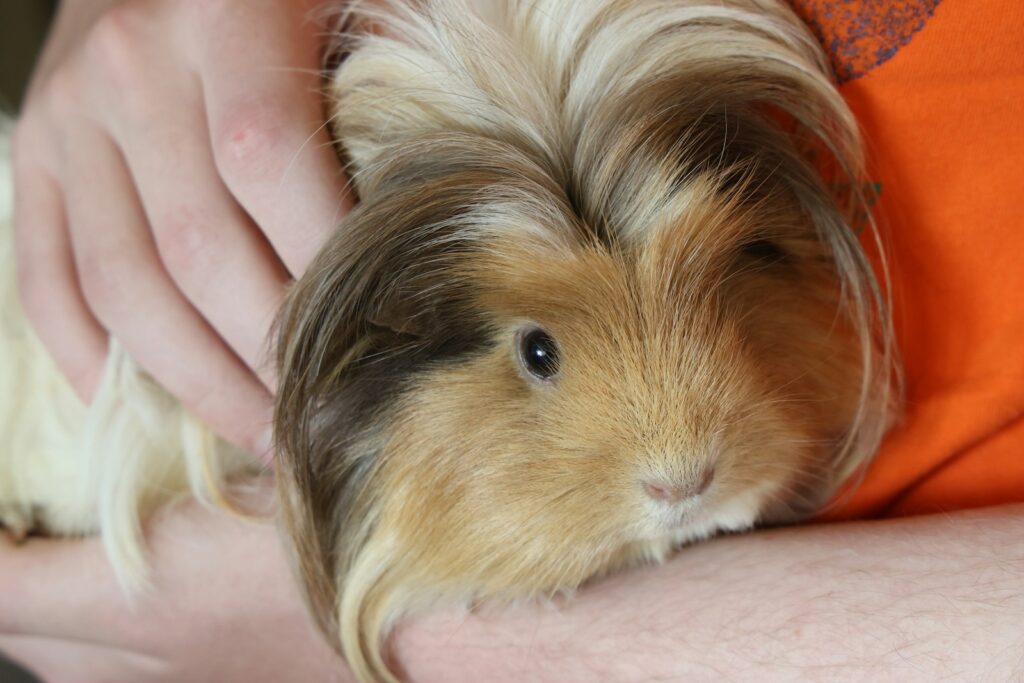
Strategic trimming is an essential aspect of long-haired guinea pig care, particularly for maintaining hygiene and preventing common problems. The hair around the hindquarters should be kept shorter to prevent soiling from urine and feces, which can lead to urine scald, skin infections, or attract flies in warmer months. Similarly, trimming the hair around the guinea pig’s eyes ensures clear vision and prevents irritation from hair constantly rubbing against the delicate eye area. During summer months, many owners opt for a “summer cut” that shortens the overall coat length to help keep their pet cooler and reduce grooming demands temporarily. When trimming, always use scissors specifically designed for pet grooming with rounded tips to prevent accidental injuries. If you’re uncomfortable performing these trims yourself, seek help from a small animal veterinarian or a groomer experienced with guinea pigs.
Managing Seasonal Shedding
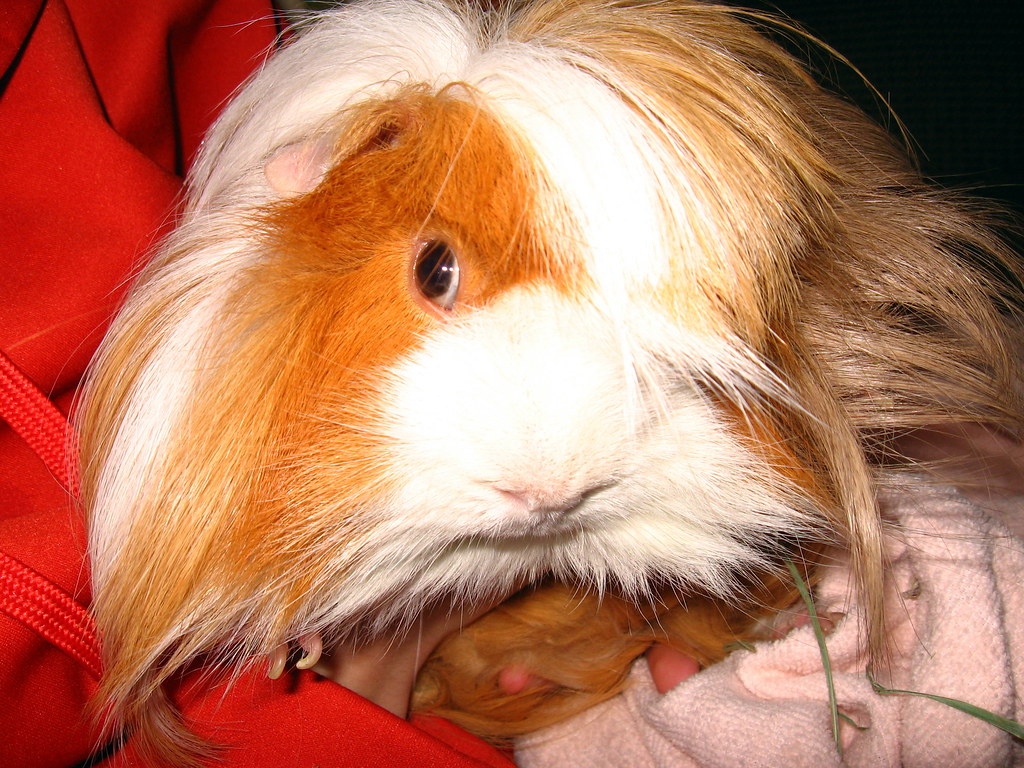
Long-haired guinea pigs typically experience two major shedding periods annually, usually corresponding with seasonal changes in spring and fall. During these times, you’ll notice an increase in loose hair as your pet naturally thins their coat in preparation for warmer weather or thickens it for colder months. Grooming sessions will need to be more frequent during heavy shedding periods, sometimes increasing to twice daily to keep up with the amount of loose hair.
Regular brushing during shedding seasons not only keeps your guinea pig comfortable but also helps reduce the amount of hair they might ingest during self-grooming, potentially preventing digestive complications like hairballs. Additionally, more frequent habitat cleaning may be necessary during these periods, as loose hair can accumulate quickly in bedding and around the cage. Using a rubber grooming mitt can be particularly effective during shedding seasons, as it gently removes loose hairs while providing a massage-like experience many guinea pigs enjoy.
Nutritional Support for Healthy Coats
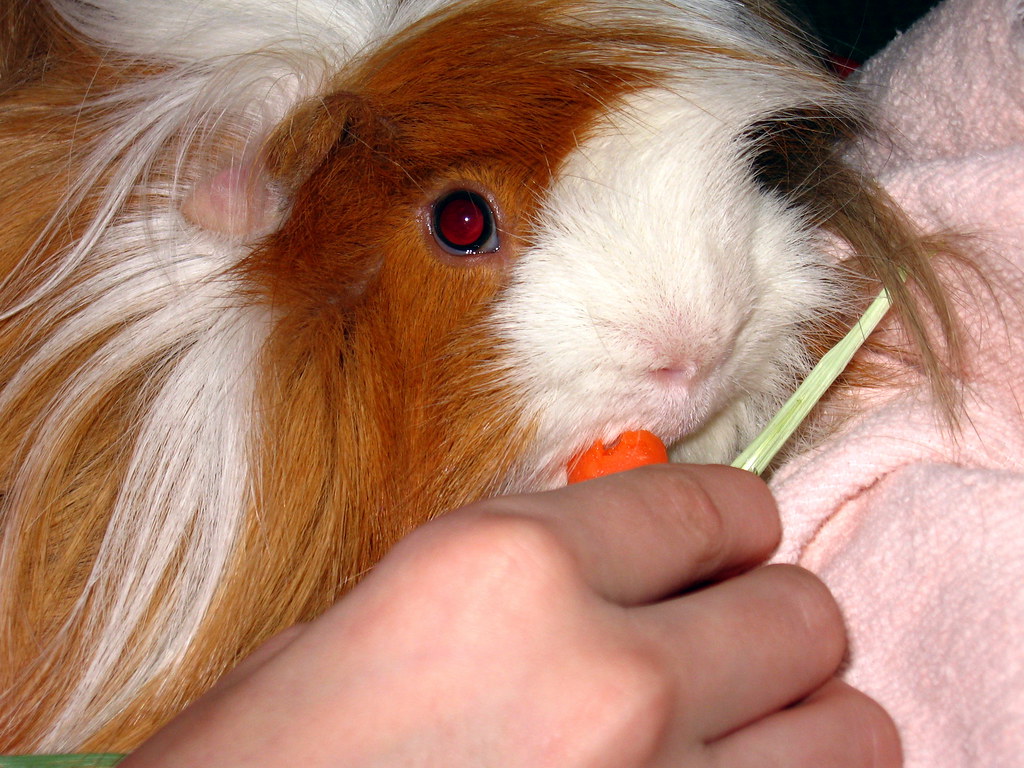
A guinea pig’s coat health begins from within, making proper nutrition a crucial component of their grooming care. Ensure your long-haired guinea pig receives adequate vitamin C, which they cannot synthesize naturally but is essential for skin and hair health. High-quality timothy hay should make up the majority of their diet, providing the fiber necessary for proper digestion and nutrient absorption that supports coat health.
Fresh vegetables rich in vitamins A and E, such as bell peppers, dark leafy greens, and carrots, contribute to skin health and coat luster when fed in appropriate amounts. Some owners supplement with small amounts of flaxseed or a drop of coconut oil occasionally to provide omega fatty acids that promote a shiny, healthy coat. Always consult with an exotic pet veterinarian before making significant changes to your guinea pig’s diet or adding supplements, as proper balance is essential for their overall health.
Creating a Positive Grooming Experience
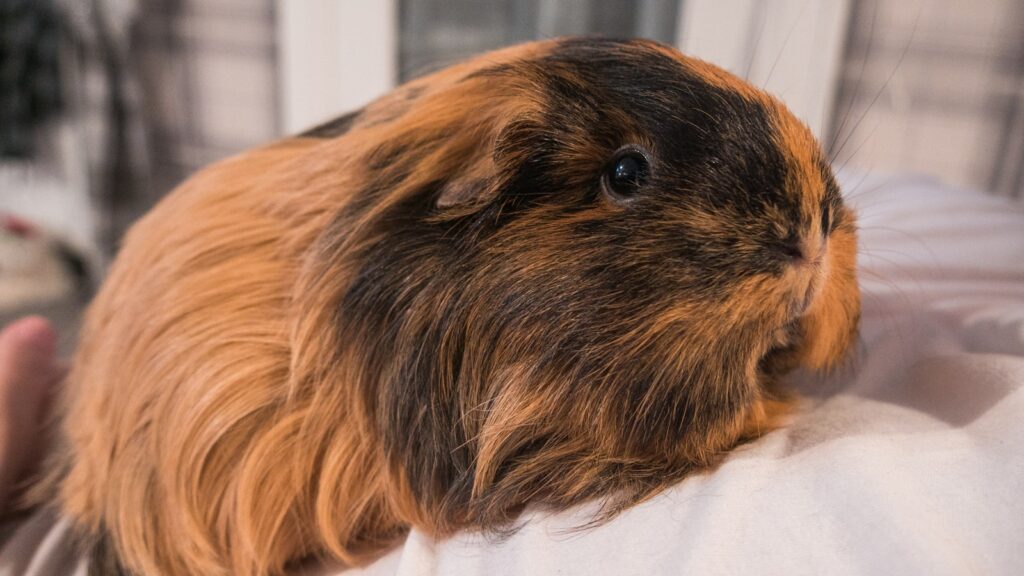
Making grooming a positive experience is essential for your guinea pig’s emotional well-being and will make future sessions much easier. Begin by choosing a quiet location with minimal distractions where your guinea pig can feel secure during the grooming process. Speak softly and move slowly around your pet, giving them time to adjust to being handled and brushed. Offer small, healthy treats throughout the session as positive reinforcement, creating an association between grooming and pleasant experiences. Keep initial sessions short, gradually increasing duration as your guinea pig becomes more comfortable with the routine. Pay attention to your pet’s body language – if they seem stressed or uncomfortable, take a break and resume later rather than forcing them to endure a stressful experience. Remember that patience is crucial – some guinea pigs may take weeks or even months to fully acclimate to regular grooming sessions.
Recognizing Coat-Related Health Issues

Regular grooming sessions provide an excellent opportunity to monitor your guinea pig’s overall health by examining their skin and coat for potential problems. Be alert for signs of parasites such as mites or lice, which might present as excessive scratching, small moving specks in the coat, or scaly, flaky skin. Fungal infections like ringworm can cause circular patches of hair loss and require immediate veterinary attention to prevent spread to other pets or humans. Barbering – where guinea pigs chew their own or cage mates’ hair – might indicate stress, boredom, or nutritional deficiencies that need addressing. Watch for signs of grease gland overactivity on the lower back, which appears as a dark, waxy buildup that may require gentle cleaning with guinea pig-safe products. Any unusual lumps, bumps, or changes in skin color should be evaluated by a veterinarian promptly, as early intervention for potential health issues leads to better outcomes.
Grooming Considerations for Multi-Guinea Pig Households
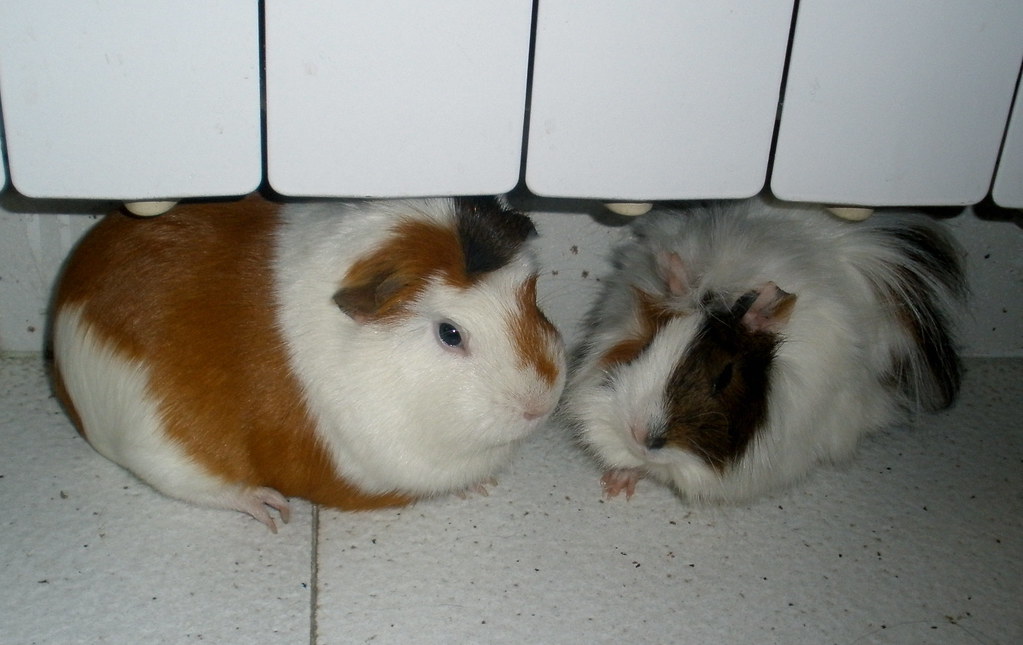
In households with multiple guinea pigs, grooming practices may need adjustment to accommodate group dynamics and prevent problems. Guinea pigs are social animals who often engage in mutual grooming, but this can sometimes lead to hair-related issues when long-haired varieties live together. Monitor cage mates for signs of hair chewing or barbering, which may require temporarily separating guinea pigs during treatment or addressing underlying causes like boredom or stress. When housing long-haired guinea pigs with short-haired varieties, the long-haired pets will still require their regular grooming routines even if their companions need less maintenance.
Consider grooming each guinea pig individually rather than attempting to groom multiple pets at once, as this allows you to give each animal proper attention and creates a calmer experience. Observing how your guinea pigs interact can provide valuable insights into potential grooming challenges – for example, a more dominant guinea pig might prevent a submissive one from accessing grooming tools you provide in their habitat, necessitating supervised grooming time.
Professional Grooming Options

While regular at-home maintenance is essential, some long-haired guinea pig owners occasionally seek professional grooming services for more extensive care. When searching for a professional groomer, prioritize those with specific experience handling and grooming small exotic pets like guinea pigs, as techniques differ significantly from dog or cat grooming. Before booking an appointment, visit the facility if possible and ask detailed questions about their guinea pig handling practices, products used, and safety protocols.
Some exotic pet veterinarians offer grooming services or can recommend reputable groomers familiar with guinea pig needs. Professional grooming can be particularly valuable for severe matting situations, preparing show guinea pigs for competition, or assisting owners who have physical limitations that make regular grooming challenging. Remember that even with professional help, you’ll still need to maintain regular at-home care between appointments to keep your long-haired guinea pig’s coat in optimal condition.
The majestic flowing locks of long-haired guinea pigs require dedicated, consistent care to keep your pet comfortable, healthy, and looking their best. By establishing a regular grooming routine, using appropriate techniques and tools, and remaining attentive to your pet’s needs, you can turn what might seem like a daunting task into a bonding opportunity that strengthens your relationship with your guinea pig. Remember that proper grooming isn’t just about aesthetics – it’s a fundamental aspect of responsible care that directly impacts your pet’s physical and emotional well-being. With patience, practice, and the knowledge shared in this guide, you’ll be well-equipped to keep your long-haired guinea pig’s magnificent coat in beautiful condition throughout their life.

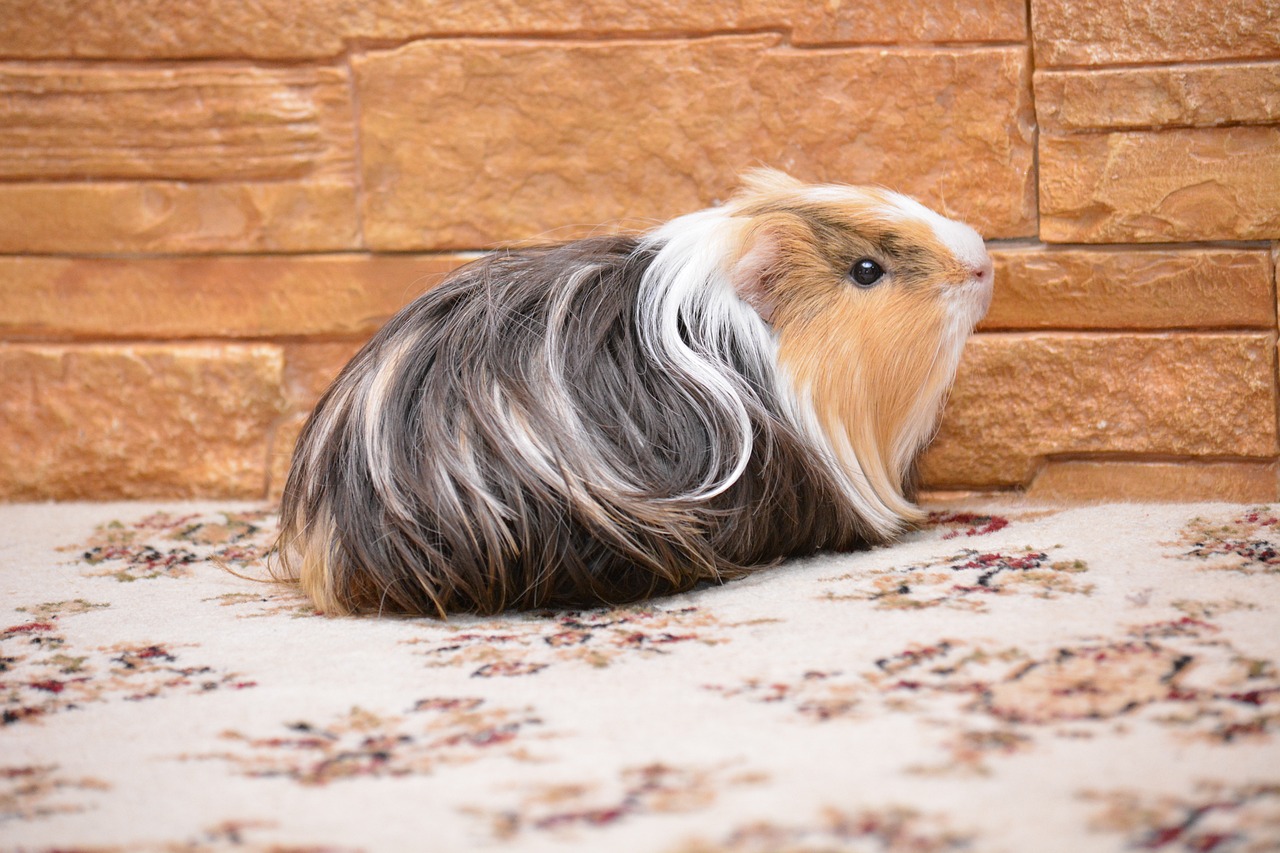
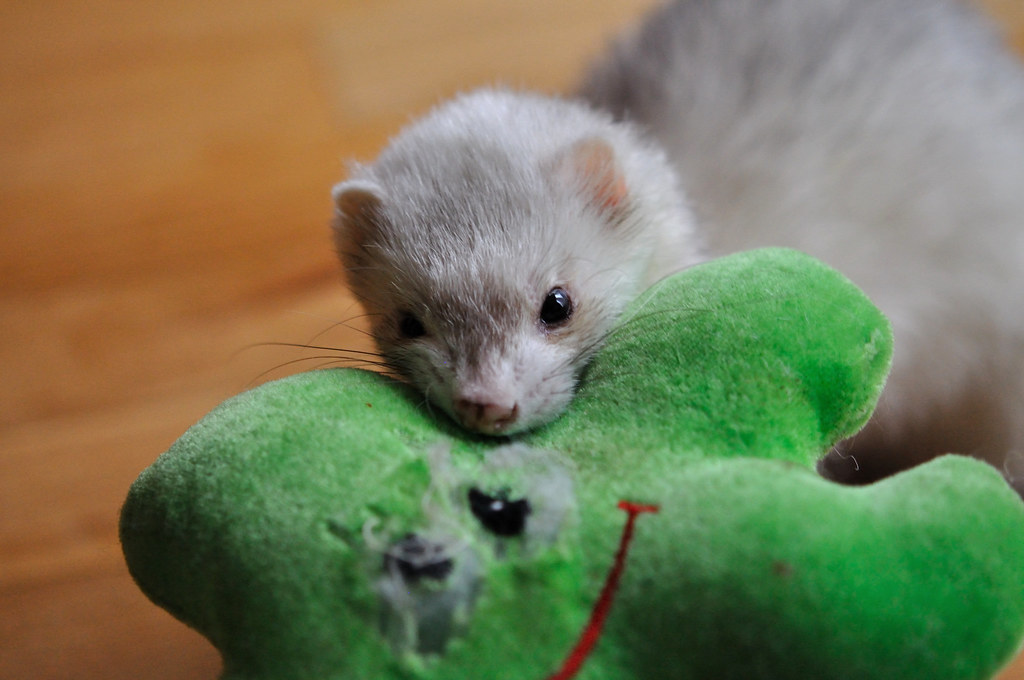
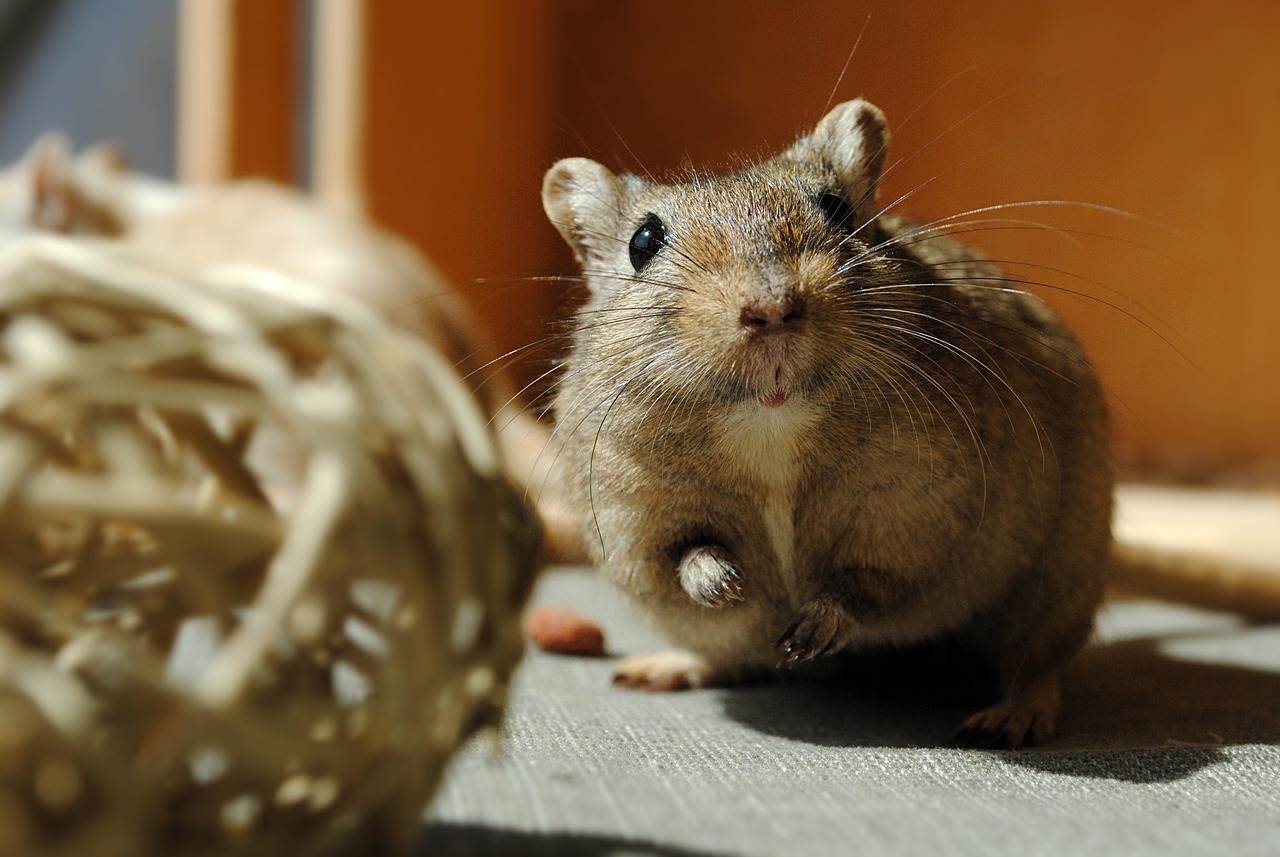
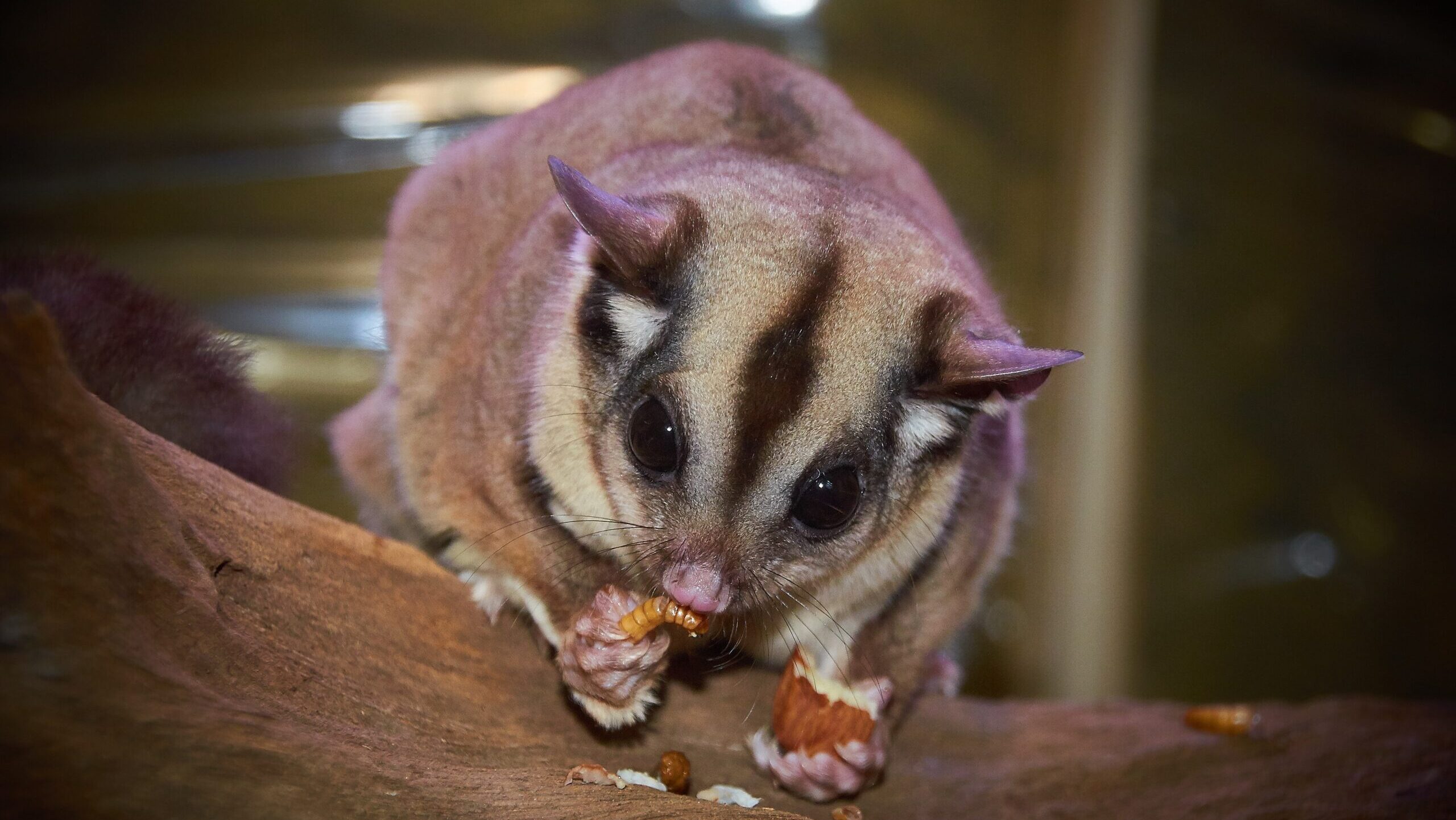
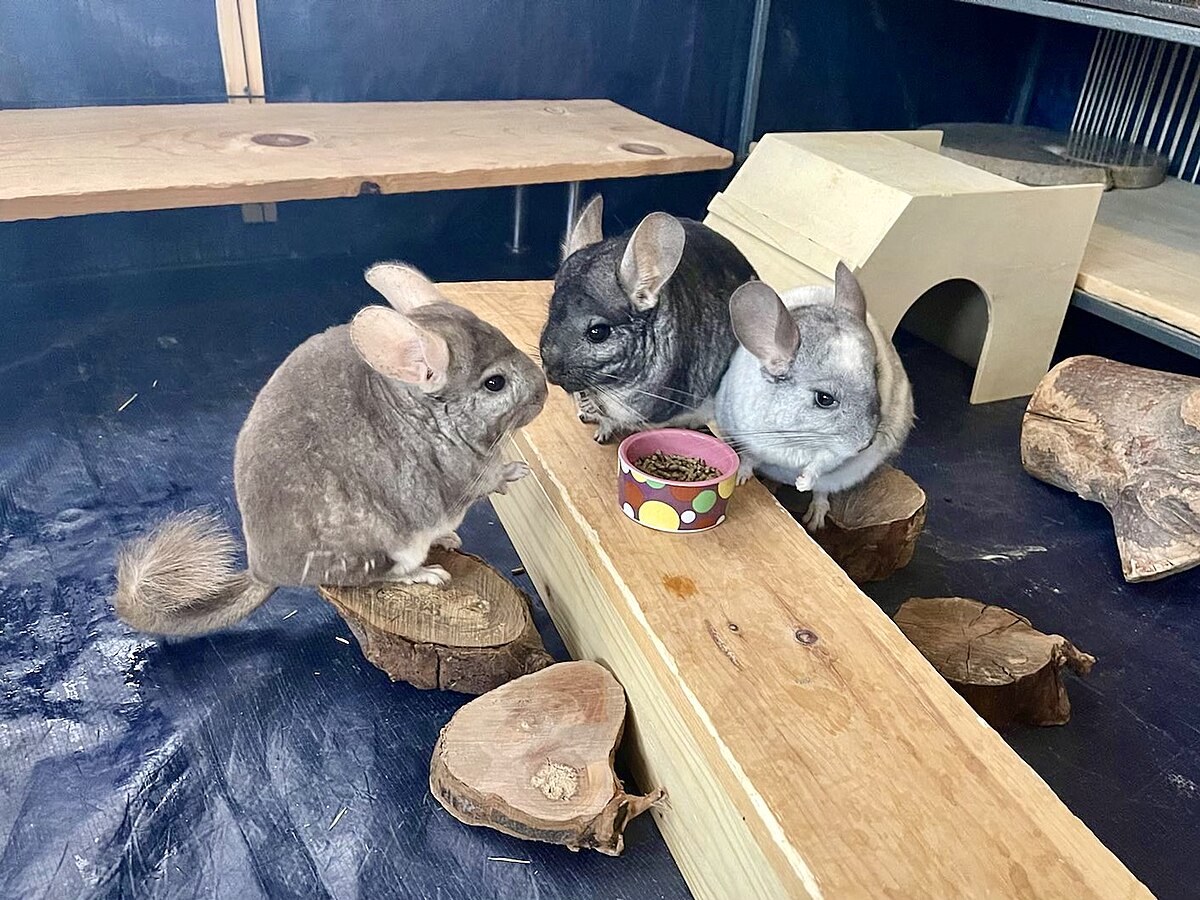
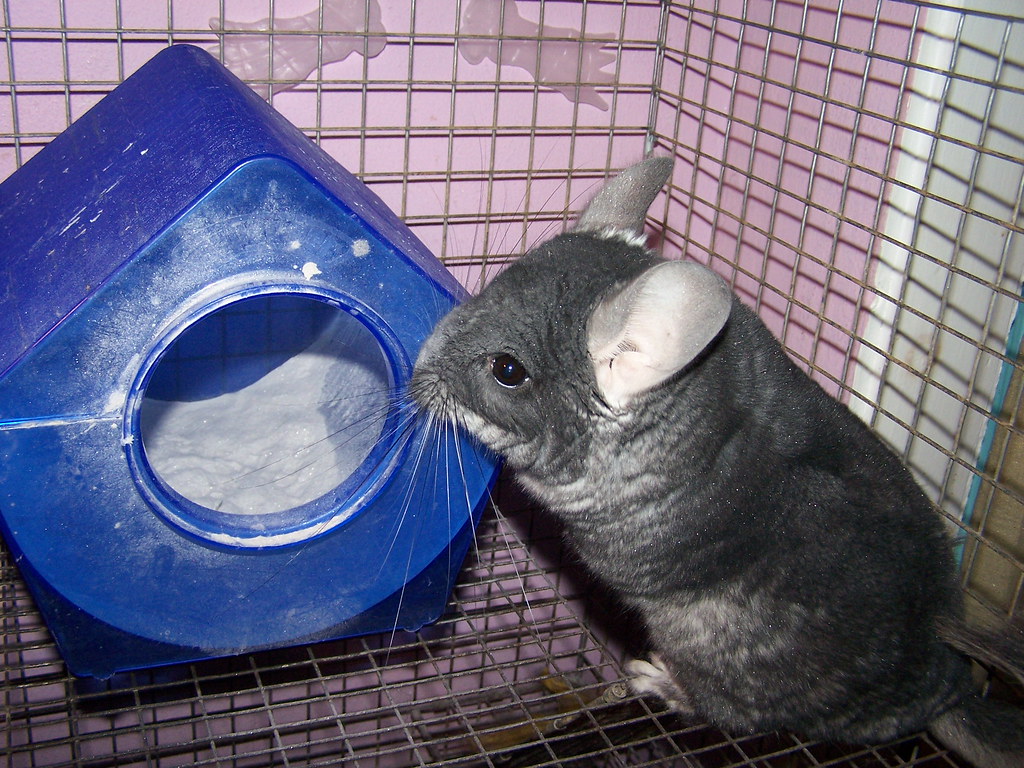

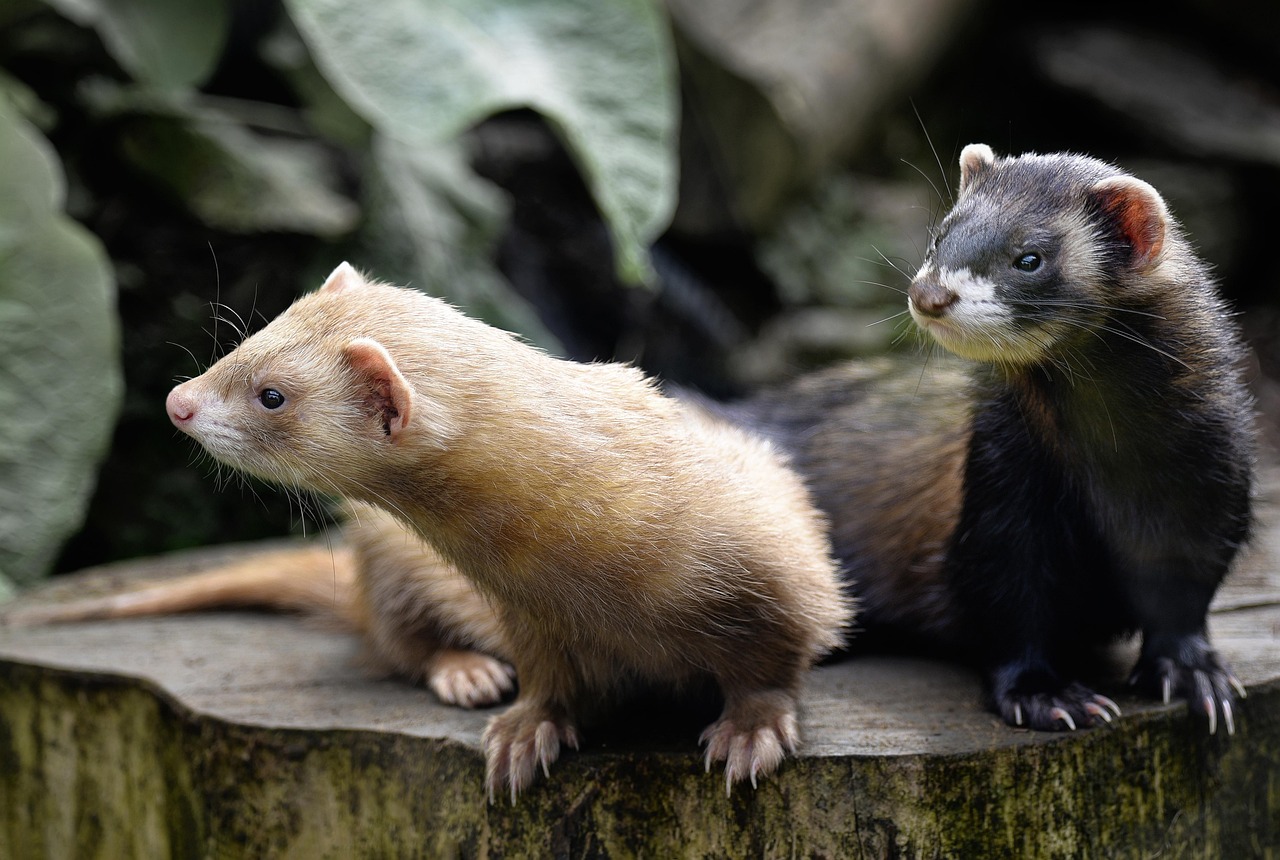
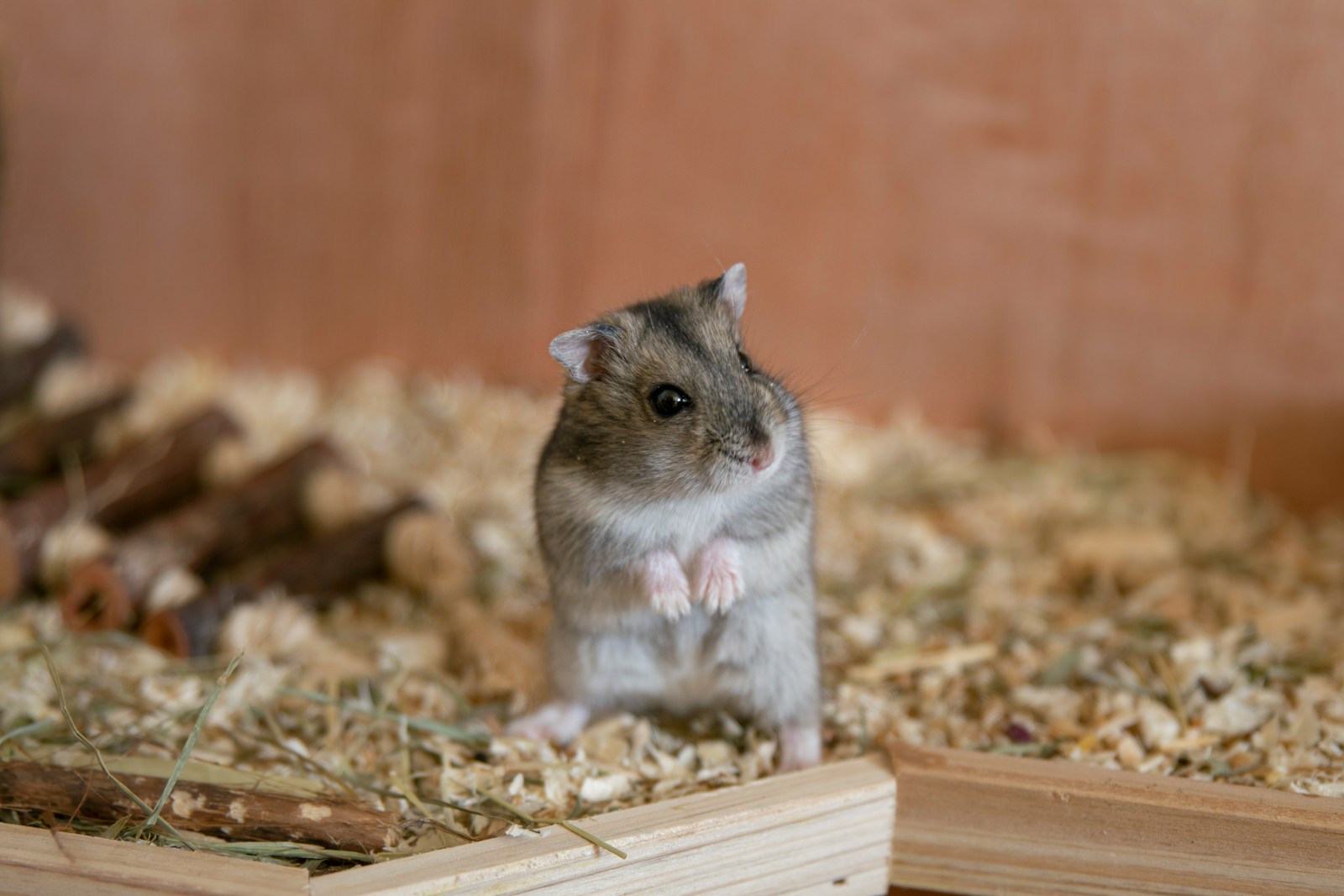

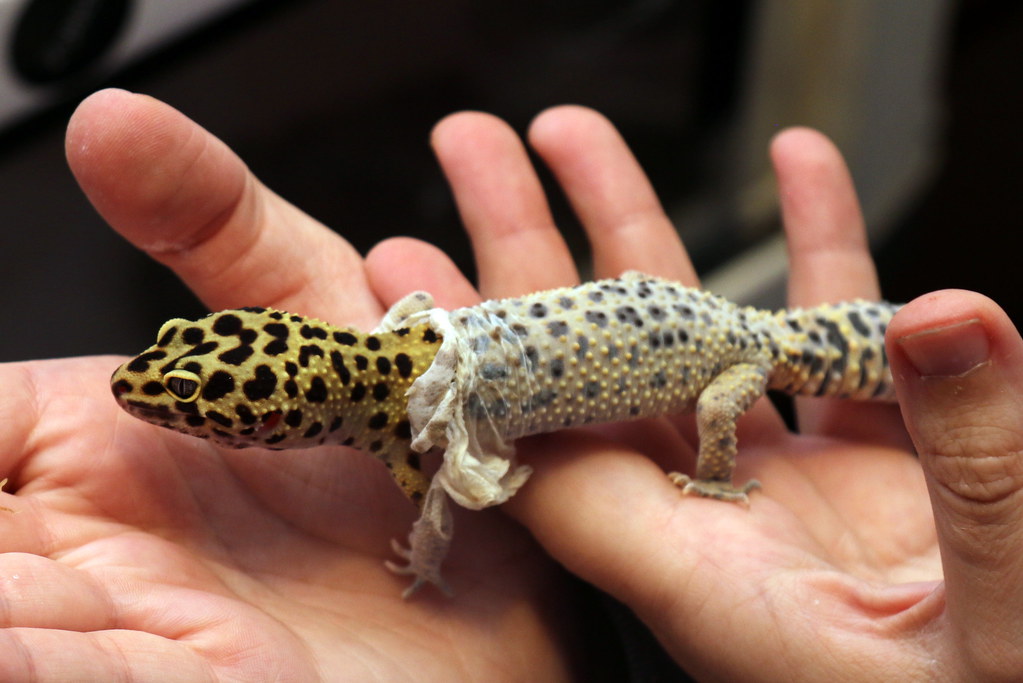




Leave a Reply